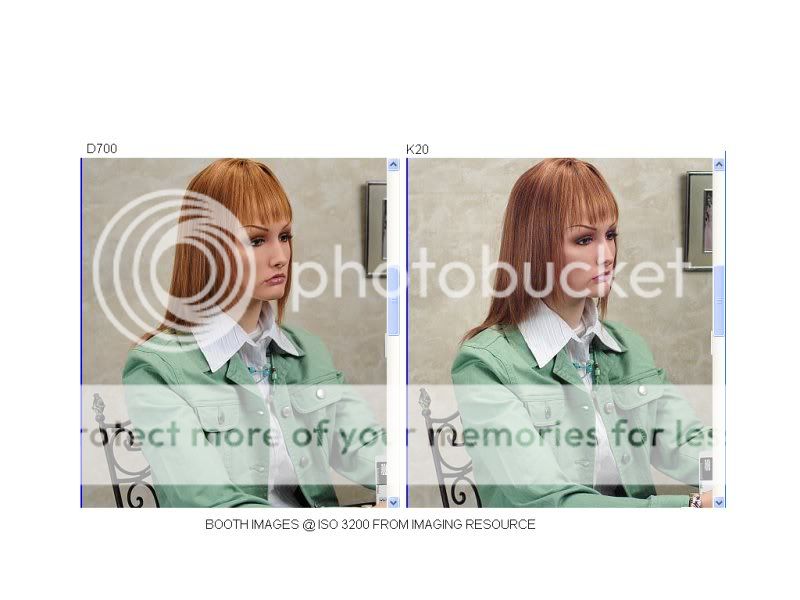 Originally posted by grishazzz
Originally posted by grishazzz 
Ok, let me ask you this: If camera is capable to meter the scene correctly, why do I have to adjust the EV? :-)
Because not all scenes average out to a little darker than 18% gray, which is what the meter is calibrated to yield. The meter is essentially *perfect* in telling you how to achieve an exposure that is a little darker than 18% gray (when using center-weighted or spot metering, anyhow, which are "dumb" but completely effective). As I keep saying, it's up to the photographer to decide how to *use* that information - if you decide you want the scene to look lighter than 18% gray, you need to adjust the exposure. It's the decision making process that I don't trust the camera with, which is why I don't use multi-segment metering.
So again, the meter - in center-weighted or spot mode and pointed at an appropriate target - is essentially *perfect* in telling me what exposure will yield a little darker than 18% gray. It is completely trustworthy in that respect. It just isn't very good at all in telling me what exposure will give me the results I *want* - that's something I have to figure out for myself, using the very accurate information given me by the meter as a starting point.


 Similar Threads
Similar Threads 





















